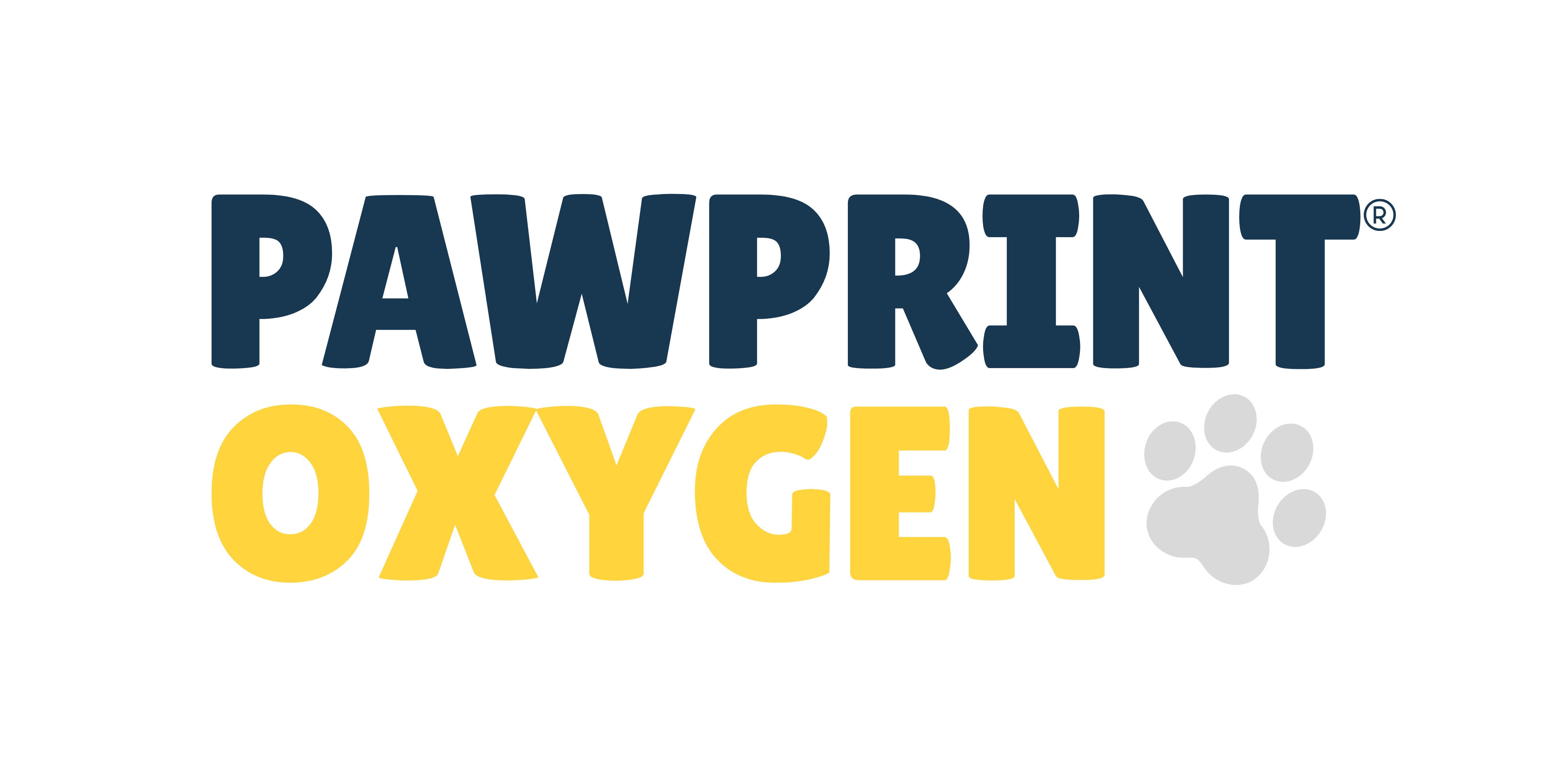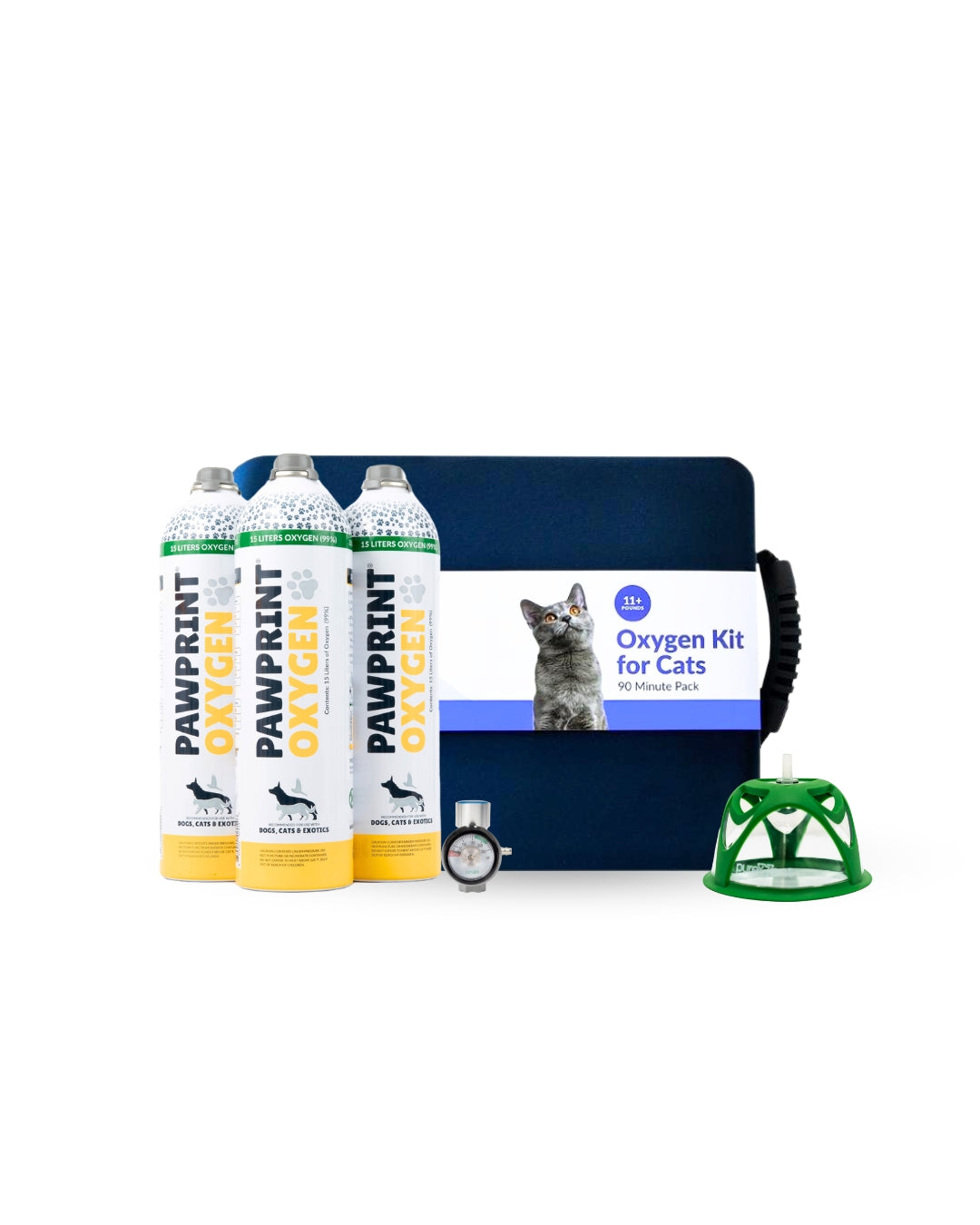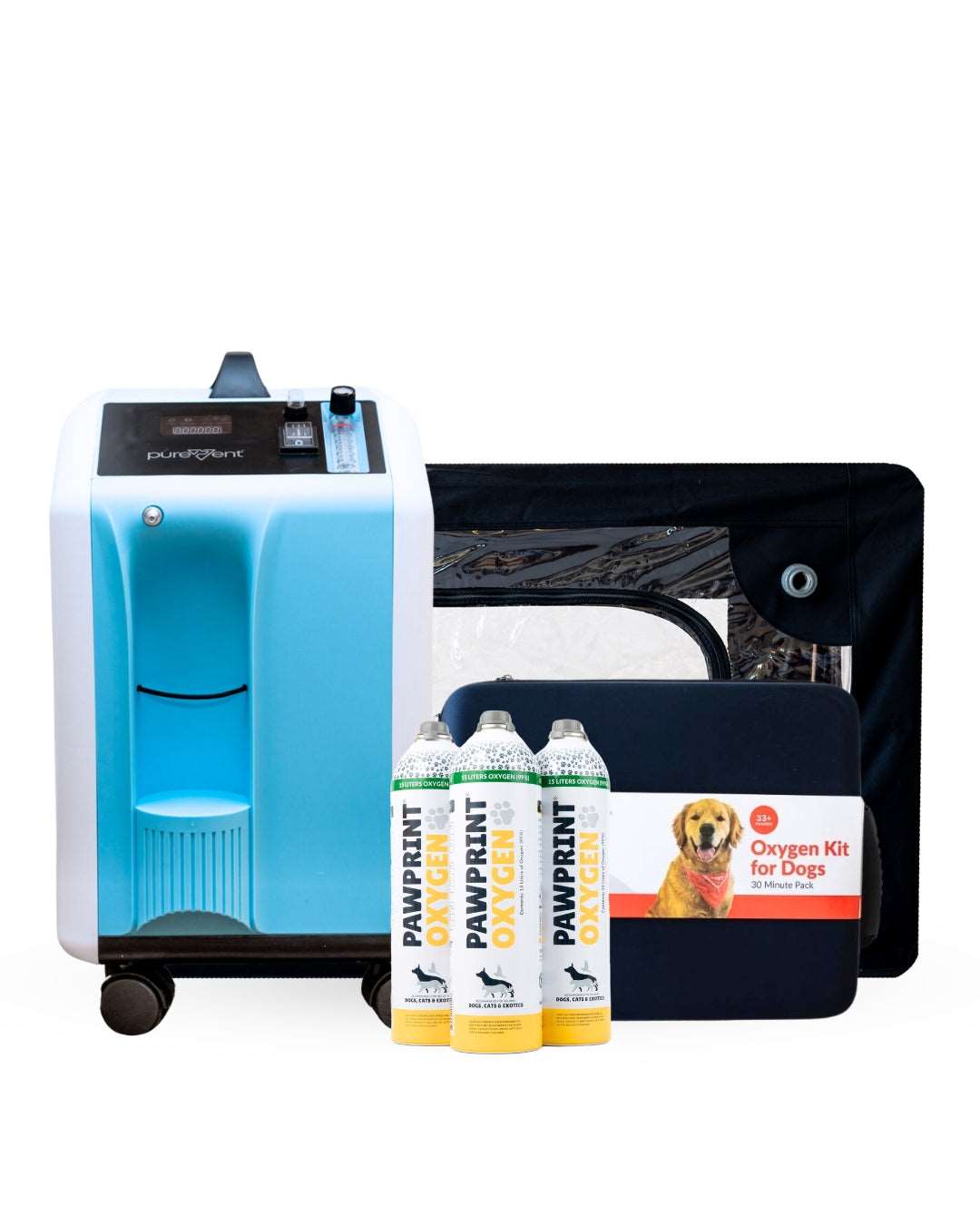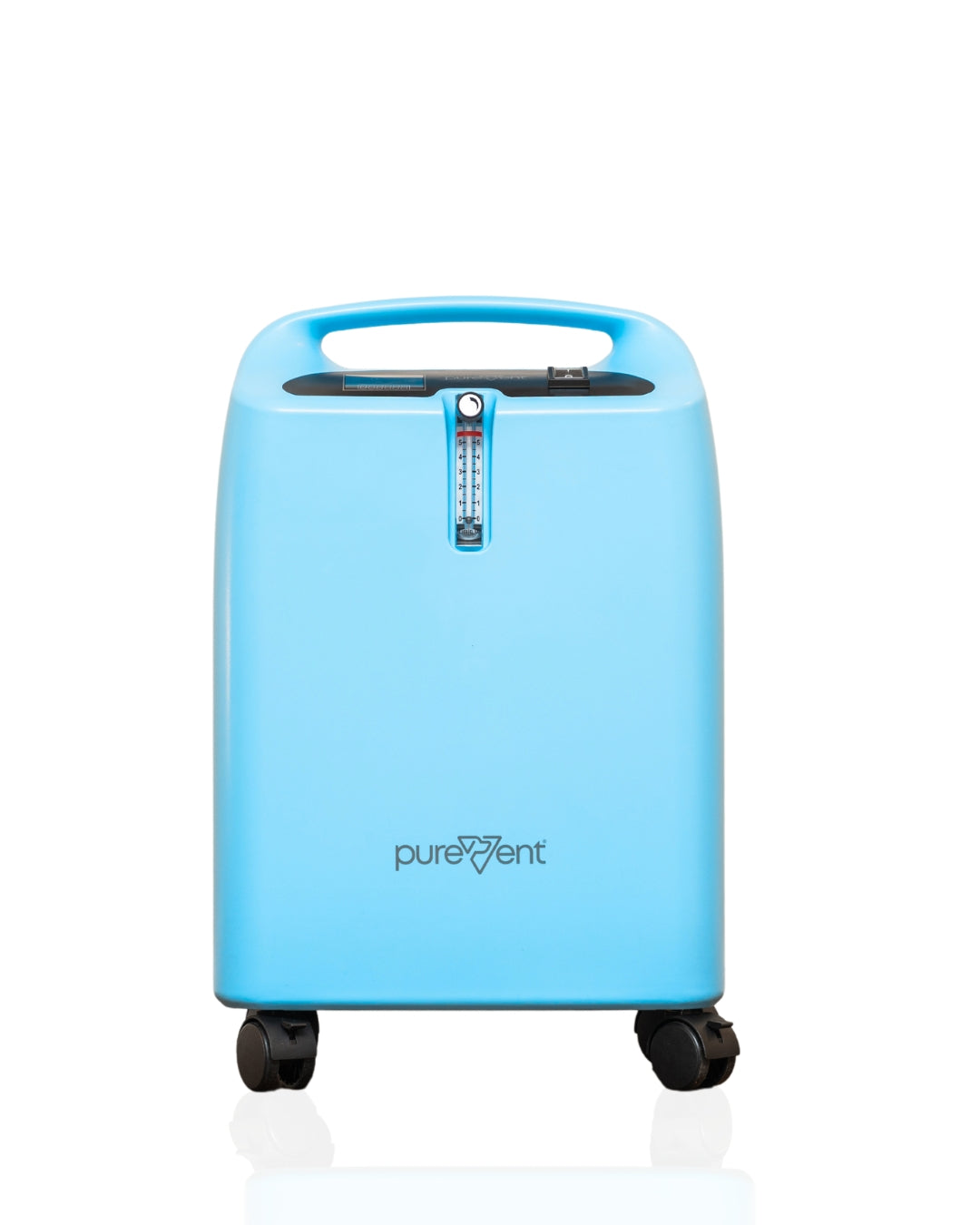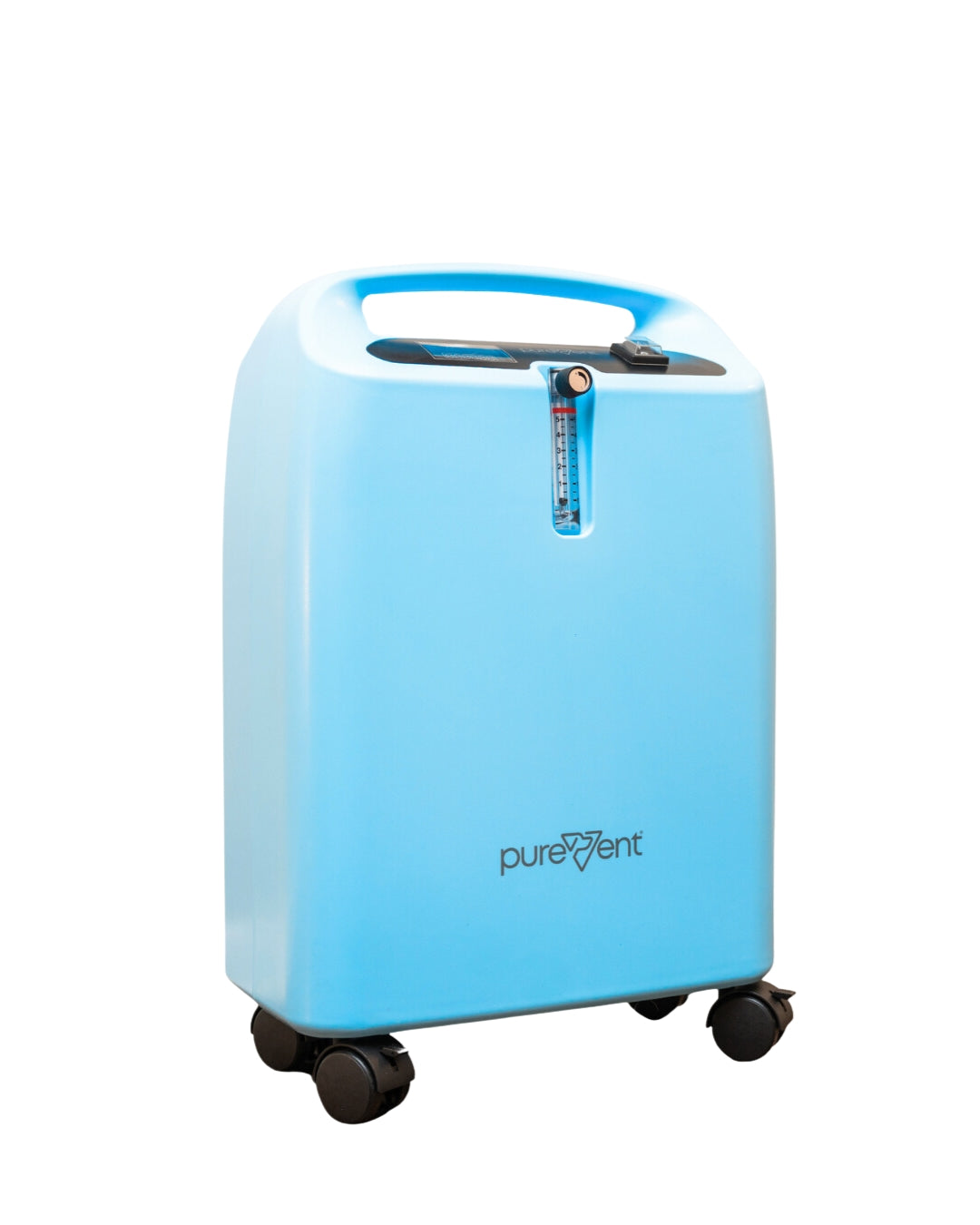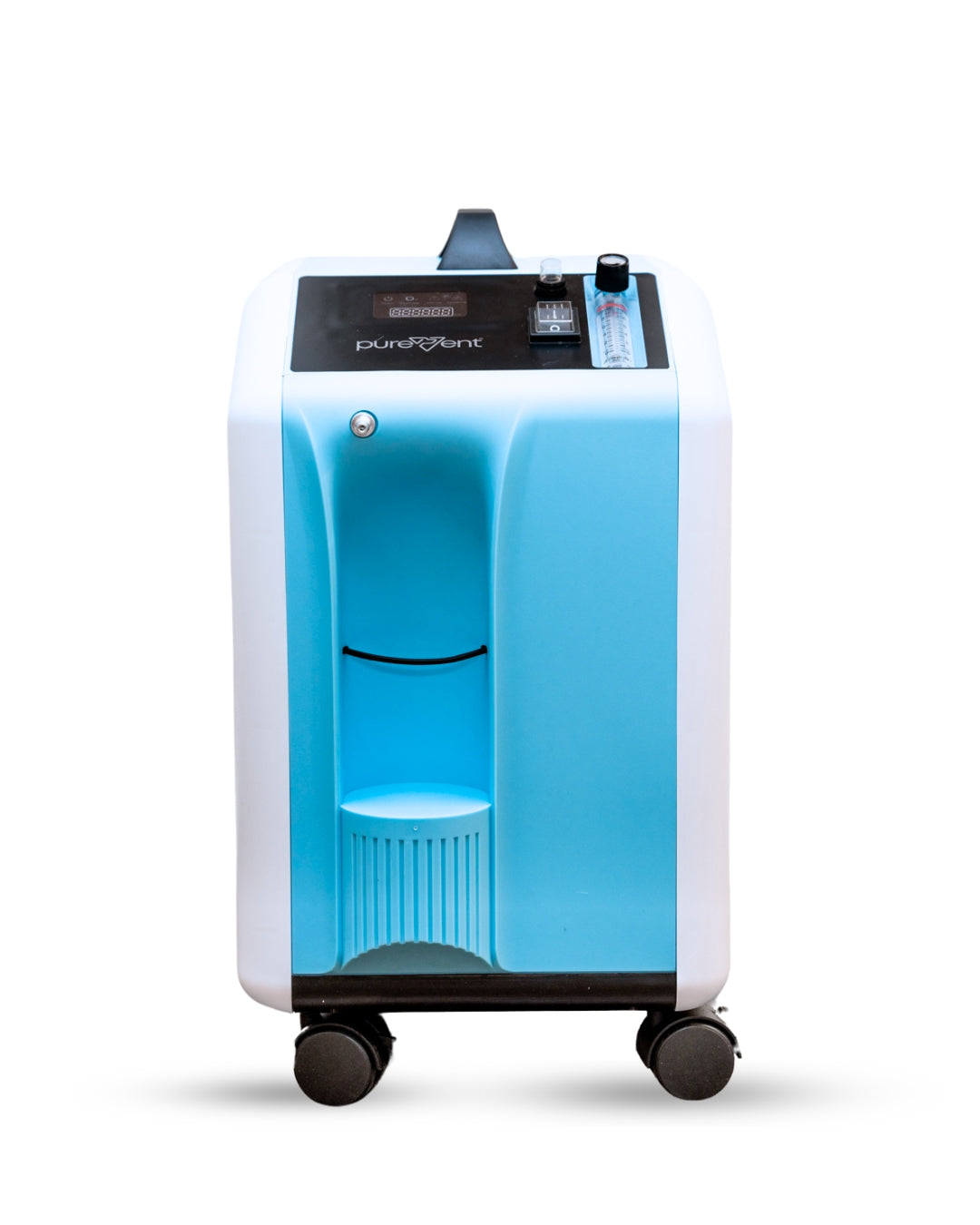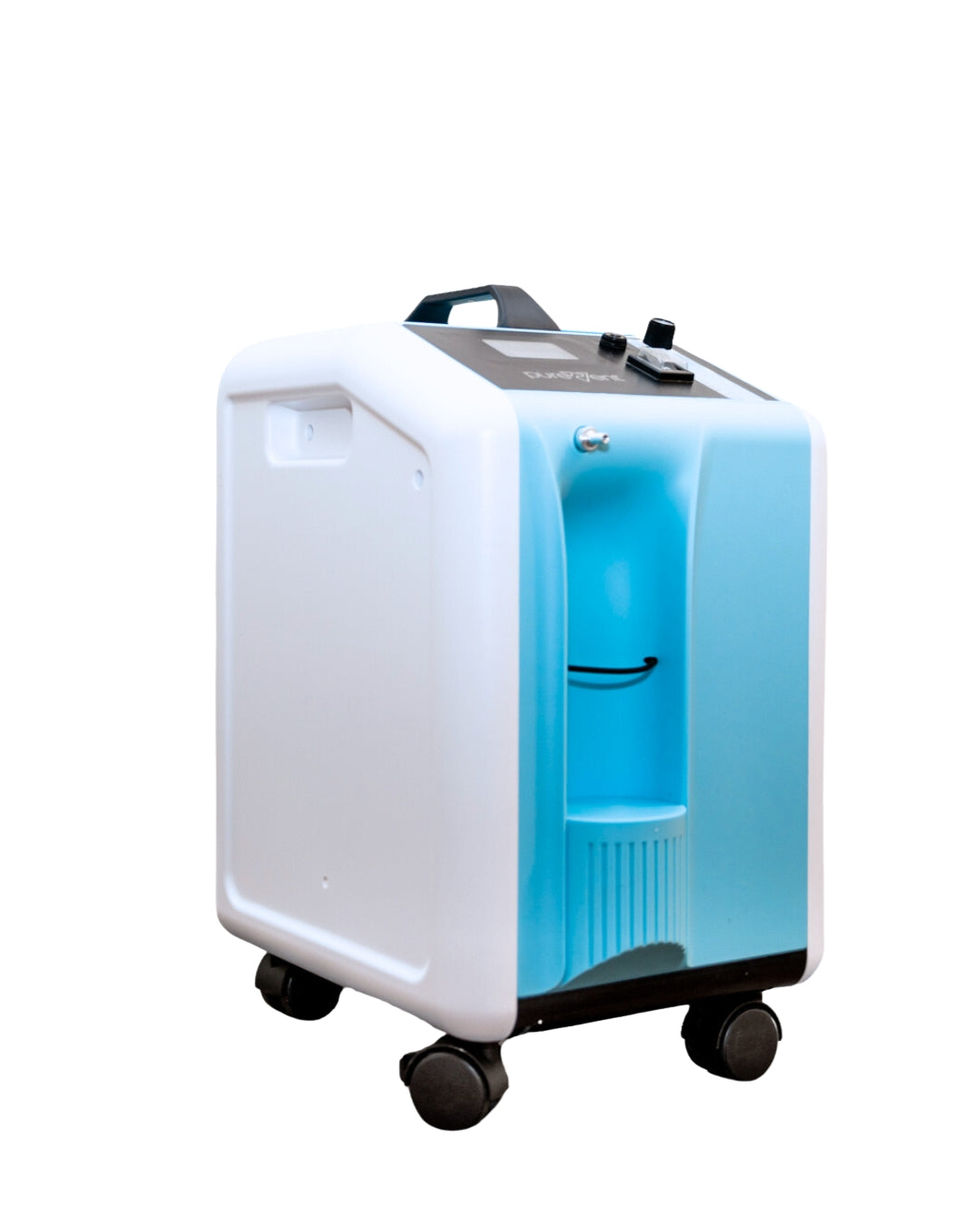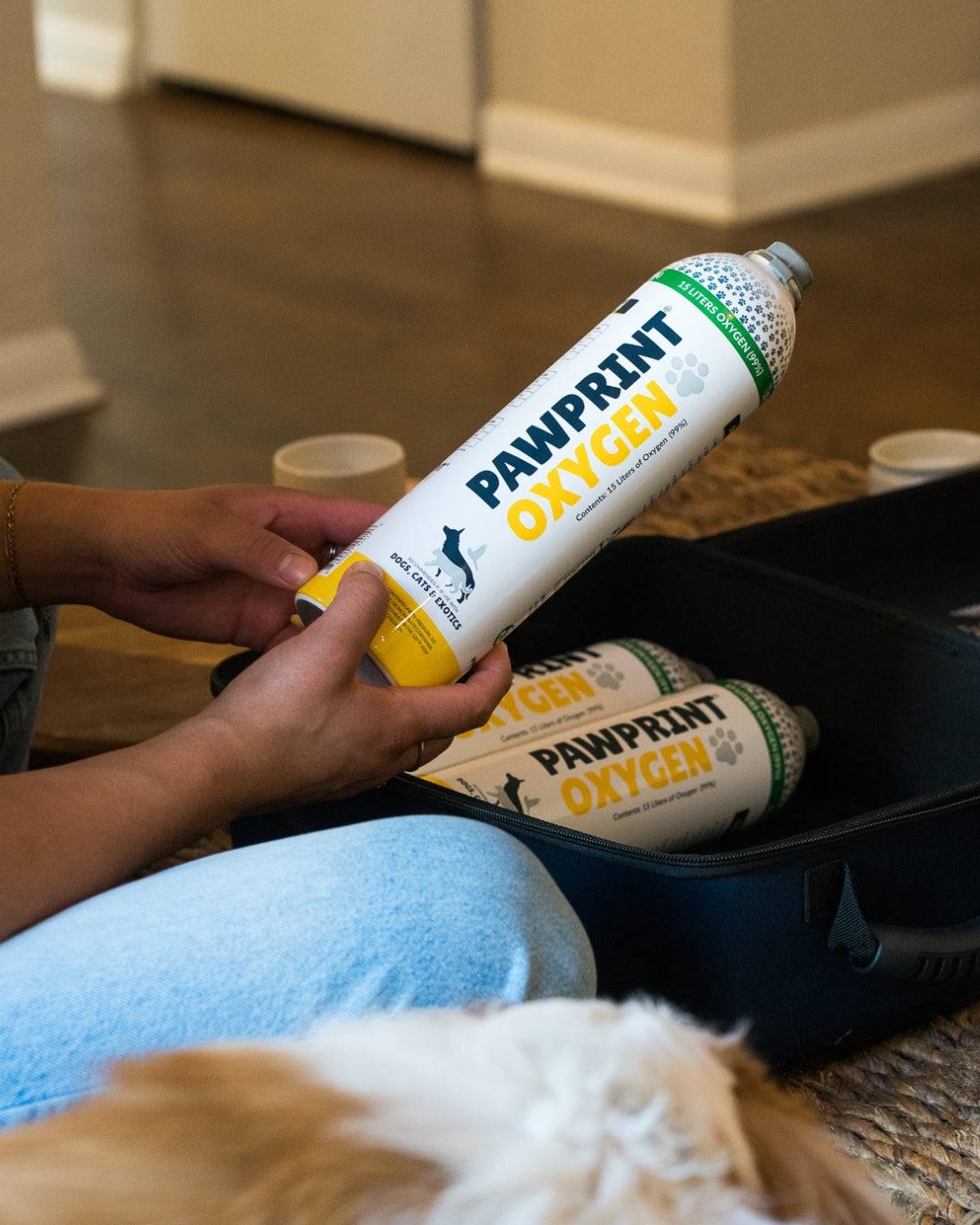Aspiration pneumonia in dogs is a critical and potentially life-threatening condition that occurs when foreign materials such as food, vomit, or liquids are inhaled into the lungs. This comprehensive guide delves into the causes, symptoms, and treatments of aspiration pneumonia, offering valuable insights for dog owners to understand and manage this serious illness effectively.
Whether stemming from anesthetic complications, neurological disorders, or structural issues, understanding the underlying factors and recognizing the early signs of aspiration pneumonia can make a significant difference in the outcome for your pet.
Understanding Aspiration Pneumonia in Dogs
Aspiration pneumonia in dogs is a serious condition that occurs when foreign material, such as food, vomit, or liquid, is inhaled into the lungs instead of being swallowed into the esophagus. In dogs, this inhalation can lead to inflammation and infection in the lungs, resulting in aspiration pneumonia.
How Aspiration Pneumonia in Dogs Occurs:
When a dog's protective reflexes, such as coughing and swallowing, are compromised, there's an increased risk of inhaling material into the lungs. This can happen for various reasons, including:
Aspiration Pneumonia in dogs can also occur in the following ways:
-
Anesthesia Complications:
During surgery or anesthesia, dogs may vomit or regurgitate, and if they are not positioned correctly or their airways are not properly managed, this material can be aspirated into the lungs. -
Neurological Disorders:
Conditions like megaesophagus, which causes a lack of muscle tone in the esophagus, or laryngeal paralysis, which affects the function of the larynx, can predispose dogs to aspiration. -
Esophageal Diseases:
Any condition that affects the esophagus's ability to transport food and liquid to the stomach can increase the risk of aspiration pneumonia. -
Age and Breed:
Certain breeds, such as Bulldogs and other brachycephalic breeds, are more prone to respiratory issues due to their anatomy, making them more susceptible to aspiration pneumonia.
Common Causes and Risk Factors of Aspiration Pneumonia in Dogs
Unfortunately, certain breeds are susceptible to esophageal disorders or breathing difficulties making aspiration pneumonia more likely to occur. Risk factors include:
-
Vomiting or Regurgitation:
Dogs that frequently vomit or regurgitate due to gastrointestinal issues or other health problems are at a higher risk of aspirating material into their lungs. -
Anesthesia and Surgery:
Anesthesia suppresses the protective reflexes that prevent aspiration, and surgical procedures can further increase the risk, especially if the dog vomits during or after the procedure. -
Neurological Conditions:
Diseases or injuries that affect the nervous system can disrupt the coordination of swallowing and coughing, increasing the likelihood of aspiration. -
Esophageal Disorders:
Conditions like esophagitis, strictures, or tumors can hinder the normal passage of food and liquid, leading to aspiration. -
Age and Health Status:
Older dogs or those with underlying health issues, such as heart disease or respiratory conditions, may be more susceptible to aspiration pneumonia.
First Signs of Aspiration Pneumonia in Dogs
Aspiration pneumonia is a serious condition in dogs that requires prompt veterinary attention. Recognizing the early signs of aspiration pneumonia can be crucial for timely and effective treatment. Here are some of the first symptoms that dog owners should watch for:
- Coughing: One of the earliest and most common signs. The cough may be wet or dry and is often persistent. It occurs as the dog's body attempts to clear the inhaled material and the resulting inflammation from the lungs.
- Difficulty Breathing: Dogs with aspiration pneumonia may exhibit increased effort in breathing. You might notice rapid breathing, labored inhalation, or flaring nostrils as they try to draw in more air.
- Change in Breathing Sounds: Abnormal sounds such as wheezing, gurgling, or harsh lung sounds can be heard when breathing. These sounds may indicate that fluid or debris is present in the airways.
- Fever: As with other types of infection, aspiration pneumonia often causes an elevated body temperature as the immune system responds to the infection.
- Lethargy: Dogs suffering from this condition typically show decreased energy levels. They may seem unusually tired, uninterested in usual activities, or less responsive.
- Loss of Appetite: Due to discomfort and sickness, affected dogs may lose their appetite or refuse to eat, which can further weaken their condition.
- Nasal Discharge: Some dogs may exhibit nasal discharge that can be clear, cloudy, or even pus-like, which can signal an infection.
- Blue-Tinged Gums: In severe cases, the gums may appear blue or purple, a condition known as cyanosis, which indicates that the dog is not getting enough oxygen.
Treatment Options for Aspiration Pneumonia in Dogs
When dealing with aspiration pneumonia in dogs, the treatment plan should be comprehensive and tailored to the severity of the condition and the overall health of the dog. Here are the primary treatment options for aspiration pneumonia:
1. Antibiotics
Since aspiration pneumonia often involves bacterial infection, antibiotics are crucial. The specific type of antibiotic may be determined by the results of a culture and sensitivity test, which helps identify the most effective medication.
2. Hospitalization
Severe cases might require hospitalization to provide 24-hour care. This care could include intravenous (IV) fluids to maintain hydration and support electrolyte balance, as well as other medications to manage symptoms and support recovery.
3. Oxygen Therapy
For dogs experiencing significant breathing difficulties, oxygen therapy can be vital. A trusted option for administering supplemental oxygen is Pawprint Oxygen, who provides both a portable oxygen therapy system and extended oxygen therapy options for pets. This system can be particularly helpful for home management under veterinary guidance, allowing for controlled oxygen delivery to ease the dog's breathing difficulties.
4. Nebulization and Coupage
Nebulization helps to moisten and loosen the respiratory secretions, facilitating easier breathing. Coupage, which involves gently tapping the dog’s chest, can help in mobilizing and clearing these secretions from the lungs.
5. Nutritional Support
Proper nutrition is essential, especially in dogs that might be at risk of recurring episodes due to underlying conditions like megaesophagus. Feeding in an upright position, using elevated bowls, or even feeding through a tube might be necessary to prevent future aspiration.
6. Management of Underlying Conditions
It’s important to address any underlying issues that may predispose the dog to aspiration, such as neurological diseases or structural abnormalities, which might require medical or surgical intervention.
7. Supportive Care
This includes anti-inflammatory medications to reduce lung inflammation, pain management, and possibly anti-nausea medications if the dog is vomiting.
Pet Oxygen Chamber
The Buster ICU Pet Oxygen Cage is a revolutionary product designed for safe and easy administration of oxygen therapy to pets. Featuring a unique Venturi system, it provides the optimal level of oxygen and disperses carbon dioxide, heat, and humidity, ensuring comfort and safety for your pet.
This is the same Oxygen Chamber trusted by thousands of Veterinary Hospitals. Oxygen Chamber must be paired with an Oxygen source (5 or 10 L Concentrator). Made with high-quality materials, it’s durable for everyday veterinary use and protects pets from external elements. Ideal for clinics, hospitals, and home use.
The 6 Stages of Aspiration Pneumonia in Dogs
Aspiration pneumonia in dogs can progress through various stages, from initial aspiration to potential resolution or chronic complications. Understanding these stages can help in recognizing the severity of the condition and guiding treatment decisions. Here’s an overview of the typical progression of aspiration pneumonia:
1. Aspiration Event
The first stage begins when foreign material (such as food, vomit, or liquid) is inhaled into the lungs. This may occur during a vomiting episode, due to regurgitation, or when swallowing is impaired (e.g., during anesthesia, from neurological disorders, or structural abnormalities of the esophagus).
2. Early Inflammatory Response
Within a few hours of the aspiration event, the inhaled material can start causing irritation and inflammation in the lungs. During this phase, the dog might start showing initial symptoms such as coughing, slight difficulty breathing, and possibly fever.
3. Infection Development
If not addressed promptly, the inflamed lung tissue can become infected. This typically occurs because the aspirated material often contains bacteria from the mouth or stomach. Common signs at this stage include persistent cough, increased difficulty breathing, lethargy, loss of appetite, and a more pronounced fever.
4. Consolidation and Abscess Formation
As the condition progresses, the inflammatory cells and fluids accumulate in the lung tissues, leading to consolidation (solidification of lung tissue). In some cases, abscesses can form, which are localized collections of pus caused by the infection. These developments can significantly impair lung function, leading to more severe respiratory distress and potentially cyanosis (bluish discoloration of the gums due to lack of oxygen).
5. Resolution or Chronic Complications
With appropriate treatment, many dogs can recover from aspiration pneumonia. Treatment generally includes antibiotics, oxygen therapy, supportive care, and management of any underlying conditions. However, if the pneumonia is severe or not treated promptly, it can lead to chronic lung issues or even become life-threatening.
6. Follow-up and Management
After the acute phase is managed, dogs typically require follow-up care to monitor lung recovery and prevent recurrence. This might involve dietary changes, modifications in care to prevent future aspiration events, and regular veterinary check-ups.
Each stage of aspiration pneumonia in dogs presents unique challenges and requires specific veterinary interventions to manage effectively. Early detection and prompt treatment are crucial to improve the prognosis and minimize complications.
Monitoring and Managing Your Dog’s Recovery from Aspiration Pneumonia
Recovering from aspiration pneumonia can be a gradual process, requiring careful monitoring to ensure your dog is healing properly and not experiencing any setbacks. Here are some tips on how to monitor your dog's progress during aspiration pneumonia recovery and what signs of improvement or potential complications to watch for:
How to Monitor Your Dog’s Progress:
Follow Veterinary Instructions: Adhere strictly to the treatment plan prescribed by your veterinarian, including administering all medications as directed and attending follow-up appointments.
- Observe Breathing Patterns: Regularly monitor your dog’s breathing. Look for signs that breathing is becoming easier and less labored over time.
- Check Temperature Regularly: Fever is common in dogs with pneumonia. Use a pet thermometer to monitor your dog’s temperature daily. A normal temperature range for dogs is approximately 101.5°F (38.6°C) to 102.5°F (39.2°C).
- Monitor Activity Levels: Keep an eye on your dog's energy levels and overall activity. Gradual increases in energy and willingness to engage in normal behaviors can be a good sign of recovery.
- Watch Eating and Drinking Habits: Ensuring your dog continues to eat and drink is crucial. A return of appetite is a positive indicator, while continued disinterest in food can be a concern.
Potential Complications of Aspiration Pneumonia to Watch Out For:
- Persistent or Worsening Symptoms: If symptoms like coughing, fever, or lethargy persist or worsen, this could indicate that the pneumonia is not responding to treatment.
- Difficulty Breathing: Any signs of increased effort in breathing, such as rapid breathing, flaring nostrils, or blue-tinged gums, require immediate veterinary attention.
- Relapse: Watch for the return of symptoms after an initial improvement, which could suggest a relapse or inadequate initial treatment.
- Secondary Infections: Be alert for signs of other infections or health issues as the immune system may be compromised.
Recovery time for Aspiration Pneumonia in Dogs
The recovery time for aspiration pneumonia in dogs can vary widely depending on several factors, including the severity of the aspiration pneumonia, the dog's overall health, the promptness of treatment, and the presence of any underlying conditions that might complicate recovery time in aspiration pneumonia. Generally, here are some guidelines for recovery with aspiration pneumonia:
-
Mild Cases:
Dogs with mild aspiration pneumonia, where treatment begins promptly and no complicating factors are present, might start to show significant improvement within a few days. Full recovery from aspiration pneumonia could be expected in about 2 to 3 weeks, provided there are no setbacks or complications.
-
Moderate to Severe Cases:
For more severe cases of aspiration pneumonia or when there are underlying health issues such as megaesophagus or neurological disorders that predispose the dog to aspiration, recovery can take longer. Improvement may be visible within a week, but complete recovery could take several weeks to a few months. In some instances, dogs may experience some level of chronic respiratory issues following recovery of aspiration pneumonia.
Aspiration pneumonia represents a severe health challenge for many dogs, but with early detection and appropriate veterinary care, many dogs recover well. It's crucial for dog owners to be vigilant for the signs of aspiration pneumonia, especially if their pet is at increased risk due to underlying health issues. Adherence to treatment plans, including antibiotics, oxygen therapy, and proper nutrition, along with regular monitoring, are key to managing this disease.
Remember, prevention is always better than cure; therefore, understanding the risk factors and implementing preventative measures can significantly reduce the chances of your dog suffering from aspiration pneumonia. Stay informed, stay observant, and always consult with your veterinarian to ensure the best care for your beloved pet.
